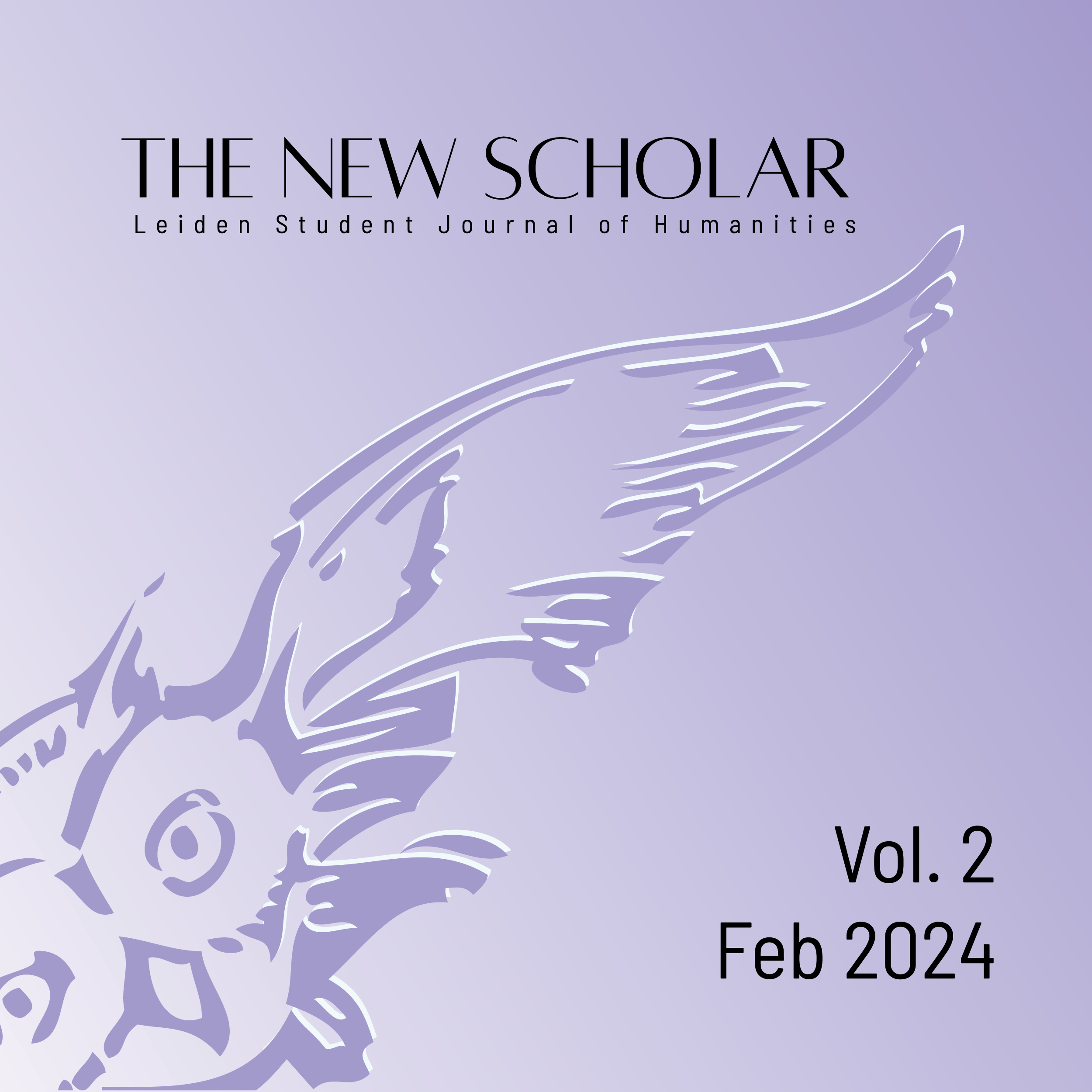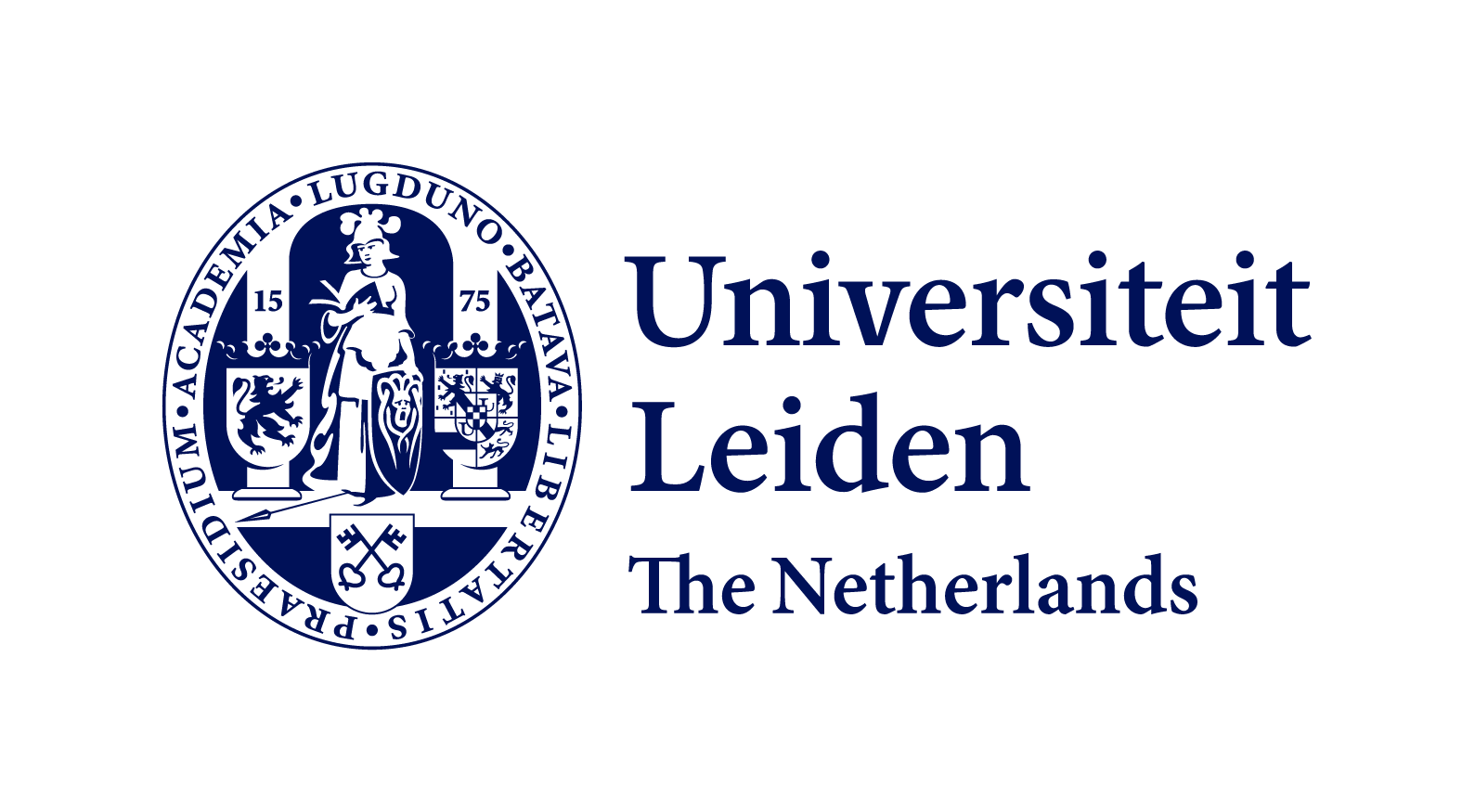The Stedelijk Museum's When Things Are Beings as a ‘Third Space’
Remedying Artistic Exclusivity through Self-representation and Inclusive Collection Practices
Keywords:
Museums , Museum Collections, Third Space, Inclusivity, Representation, Contemporary Art , IdentityAbstract
This paper explores the issue of artistic exclusivity within art history and museums, shedding light on the historical root of this problem and its continuation within collection practices. It examines how artists, particularly those outside the identity categories of white, Euro-American, and male, have struggled for recognition within the art historical canon. The central theme of this paper is the concept of the ‘third space’, which serves as a means to bridge connections between individuals, fostering cultural exchange and dialogue. As a case study of a ‘third space’ and an example of an inclusive collection practice, the Stedelijk Museum Amsterdam’s exhibition When Things Are Beings is presented as a promising step towards a more equitable and diverse future in the art world, underlining the institutional responsibility to address representation inadequacies within museum collections.

Downloads
Published
Issue
Section
License
Copyright (c) 2024 Róisín Lambert

This work is licensed under a Creative Commons Attribution 4.0 International License.





